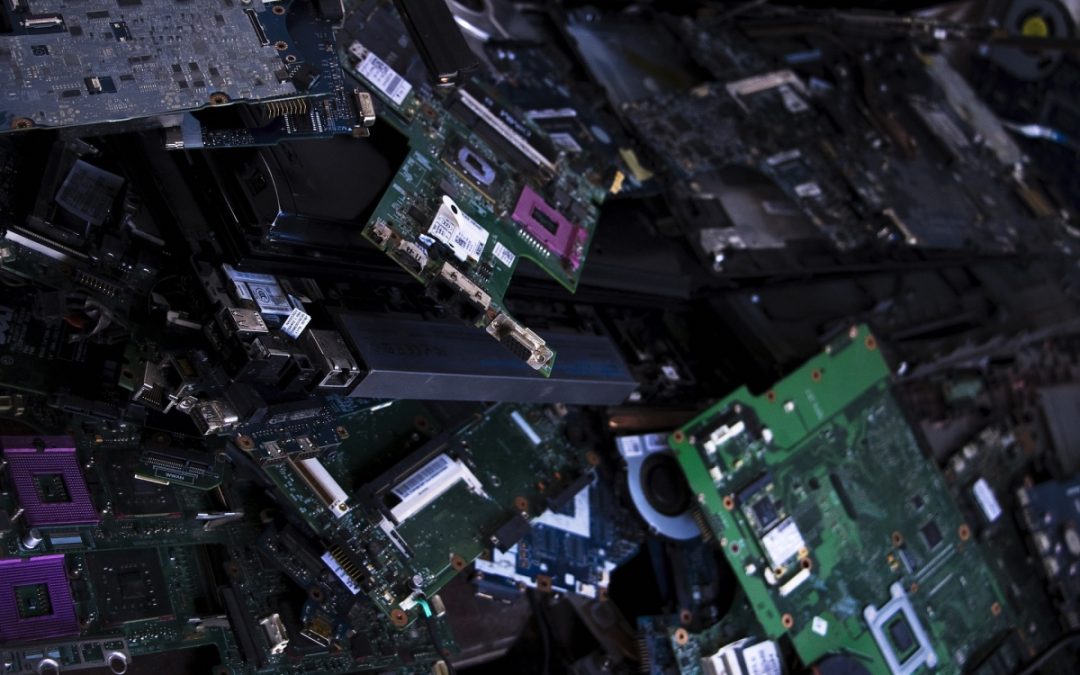Contrary to what one might think when encountering the phrase “e-waste disposal,” disposing of electronic waste – in the most environmentally friendly way, at least – should not merely involve tossing devices into a bin.
Proper electronic waste management involves exhausting all possible means for a piece of equipment to not become a piece of electronic waste for as long as possible. What practices might you expect in this journey? Learn more in this article.
Refurbishment
The proper disposal of electronic waste is simply one of the many practices in electronic waste management. Disposal should be one of the latter resorts, as we should endeavor to use and reuse devices as much as we can.
Under the umbrella of proper e-waste disposal, there is a process called refurbishing. Refurbishing refers to when specialists exhaust all ways to repair a device or piece of hardware to bring it back to its good-as-new state or recover a decent level of functionality it. They might add more memory, and hard disk space, or do some special troubleshooting if your device has unique issues. Refurbishing, therefore, extends the life span of your device.
Refurbishing becomes more beneficial when you cannot afford to buy a new device to replace your old one. Many people think that to get the best laptop for work, for example, they need to dispose of the old, poorly functioning one and buy a completely new one, with the assumption that new automatically means perfectly functioning. New devices will work great, but you would be getting more value out of your original purchase, your existing laptop if you rather have it refurbished.
Looking at the bigger picture, using your existing device for a couple more years or so also keeps it out of a landfill for that same amount of time. If a lot of people practice the same thing, we could be reducing e-waste significantly.
Data Erasure
Proper e-waste disposal also involves data erasure. There have been a lot of instances where sensitive data was recovered out of old cell phones and computers found in e-waste dumpsites or landfills. Worse, there were even computers or servers previously owned by companies or institutions which contain a lot of people’s sensitive information, from personal data of employees and clients, transaction records, and medical histories, you name it.
Today’s computers have come a long way, and they are really good at storing data. Similarly, IT enthusiasts, professional or not, also keep up with this quite well, and when devices find their way to someone who has the right skills and the wrong intentions, sensitive data may be exposed. So, if a device or server has to be disposed of, sold, or transferred to different management, specialists have to perform data erasure on these first. Wherever your device ends up after it’s taken out of your hands, you have the assurance that you or your staff are safe from data breaches.
Recycling
If your device or hardware has no more function left in it, its physical parts can still be used. It can be picked apart to produce scrap metal, which can then become raw materials for other new products. Examples of valuable metals are nickel, copper, zinc, and tin.
Parts such as wires, cables, plastics, circuit boards, and glass may also be used as raw materials for other products. They may also be sold as spare parts for other computers that need to be refurbished.
Recycling is one of the best ways to reduce electronic waste. The success of recycling e waste proves that the value of one device goes way beyond what it is as a unit, and therefore, the loss of function of one part may not always necessarily decrease the value of others. Technology was built to be resilient like this, and that is why there are so many creative ways to make use of electronic waste.
Proper E-waste Management Requires Individual and Collective Responsibility
When we think of dumpsites and landfills, the first image that comes to mind is heaps of plastic bags and containers. We often forget about electronic waste, which is understandable, since these are not so easily disposed of. However, once we take a step back and see just how much electronic waste is being accumulated by the whole population over time, we begin to realize just how important it is for each person to do their part in managing electronic waste.
The simple decision to have your device refurbished, resold, or transferred (after data erasure), or submitted to a recycling facility goes a long way!
We at Eco IT Solutions can help
If you have devices, servers, or other pieces of electronic waste that need to be disposed of, reach out to the team over at Eco IT Solutions. From refurbishing to data center decommissioning, we’ve got you covered.
Call us at 02 8055 3775 or email us at info@ecoitsolutions.com. You may also contact us via our website’s inquiry form.

